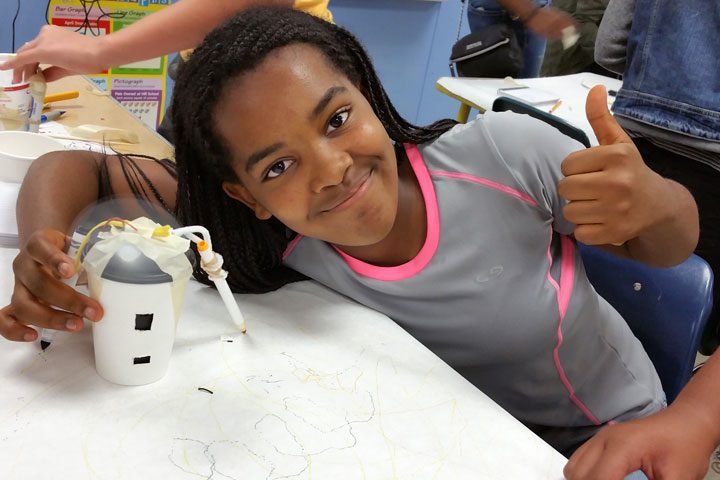
Editor's note: Each month we will bring you a practice brief, outlining a STEM Teaching Tool from the University of Washington's Institute for Science + Math Education, which is led by Dr. Philip Bell.
STEM Teaching Tool #40
Authors:
BRONWYN BEVAN & JEAN J. RYOO - OCTOBER 2016
STEM Making can provide youth who may not be identified as “good at STEM” with opportunities to dive deeply into engineering practices such as designing, constructing, testing, and analyzing. Making can be joyful, but also richly educative and inclusive when it is implemented using deliberate strategies to support students to take creative and intellectual risks and to experience design failures as moments of learning. As they build out their ideas, Makers grapple with scientific phenomena (e.g., those involving force and energy) and cross cutting concepts (e.g., structure and function, systems and systems models).
Things to Consider
*In science and engineering, “failure” is the generative moment when current ideas and understanding run up against physical realities. This is where learning and new insights happen.
*In Making, youth are operating at the edge of their understanding and, therefore, there are plenty of moments of failure. Students need time to iteratively work through these moments to achieve new understanding and accomplishment.
*Making can make students’ thinking and understanding visible. Asking students to explain their projects, including what they are finding challenging, can help them to consolidate their developing understanding.
Read more at:
http://stemteachingtools.org/brief/40
STEM Teaching Tools content copyright 2014-18 UW Institute for Science + Math Education.